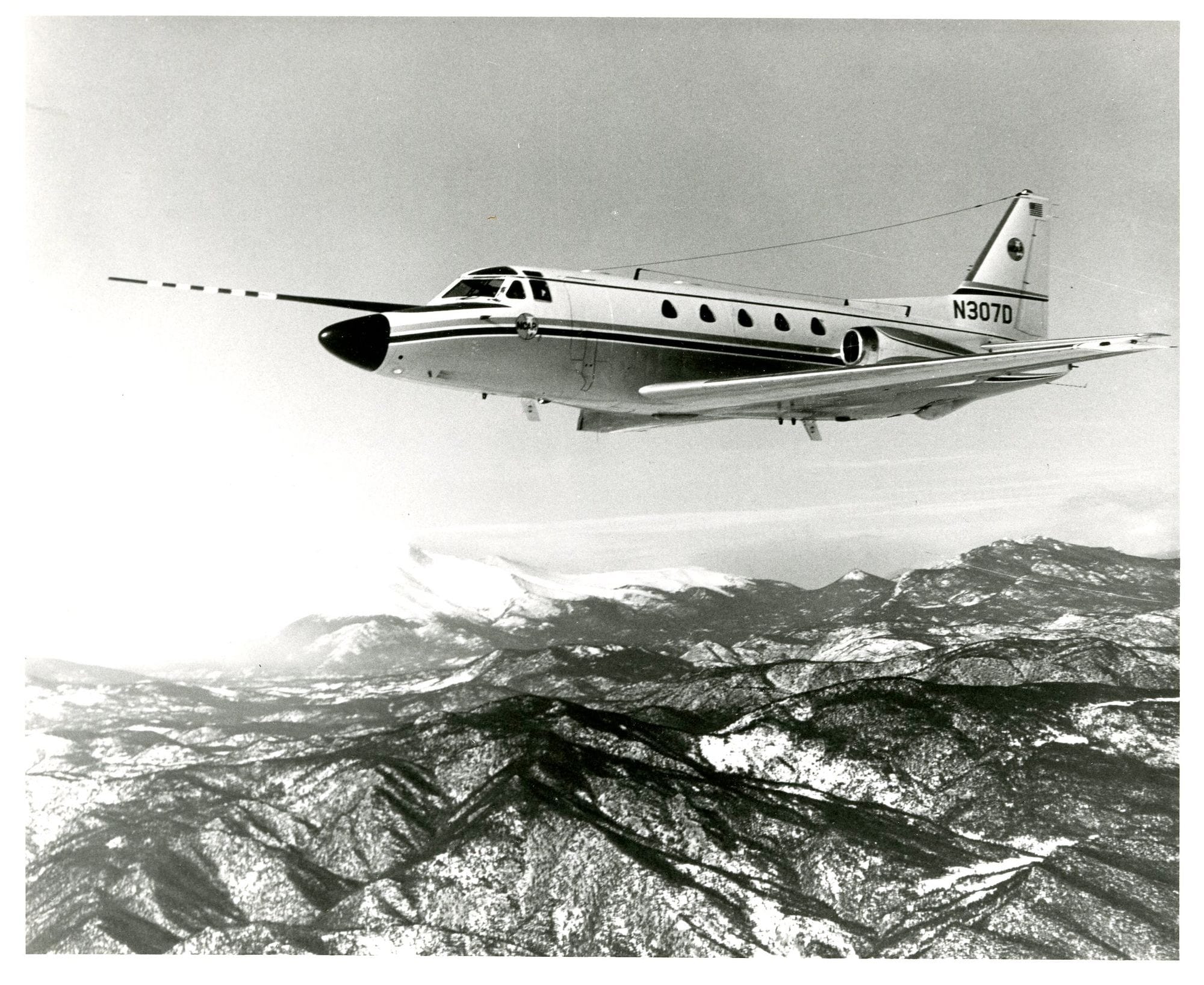What’s another weather station worth?

I studied economics around the outset of what I call the Freakonomics era, named after Steven Leavitt and Stephen Dubner’s best-selling book published in 2005. This marked a time when mainstream coverage of economics turned to some relatively exotic topics, like collusion in the sumo wrestling world, or the political economy of drug trafficking.
Beneath these headline-grabbing stories, there were some interesting economic methods at work. One in particular was the so-called natural experiment: a confluence of circumstances that mimics experimental controls. Economics gets a bad rap because we don’t really make much use of randomized controlled experiments like one would in, say, medicine. So a natural experiment is sometimes the only chance we get to test whether some phenomenon works the way we think it does.
For all the havoc wreaked by the coronavirus, it has provided us with many of these natural experiments that let us ask questions of economic and social systems. One soon-to-be published research paper looks at how the large and sudden drop in global airline travel has resulted in the loss of a critical source of weather data that are acquired from airplanes in flight. With so many planes grounded in the last six months, the weather services industry finds itself with a large number of holes in the data feeding forecast models. This paper finds increased errors in the temperature, relative humidity, wind speed, and atmospheric pressure forecasts for many northern hemisphere locations.
The importance of weather forecasts to agriculture should require no explanation, but it becomes interesting in an economics-and-governance sense when we really think about how many unrealized opportunities we have to generate actionable information in other areas as well, and whether we can provide incentives to improve that information, or increase access so that the full benefits to society can be realized.
A key idea here is that of so-called network effects, which have been written about so extensively in the tech space you’d forget it predates Silicon Valley by a couple thousand years. A frequently-cited example is in telecommunications: if you’re the only person in the world with a telephone, it’s pretty much useless. But with multiple phones connected to a network, suddenly people can do things that were never before possible. This logic carries over into many aspects of our personal and professional lives, from social media to two-sided marketplaces like eBay or Airbnb.
One of the important enabling elements of network effects is the ability of people to find other people, organizations, and information to connect with. Outside of the weather industry, who knew that airliners, in the course of their daily business, were feeding data into forecasting systems that save lives and property? What other data economies might be waiting for us to uncover?
Here’s an example. The OpenET initiative aims to make satellite-based evapotranspiration data available to agricultural water users so they can make better management decisions. As described on the project’s website: “...access to this data has been limited and expensive, keeping it out of the hands of most water users and decision-makers.” It will be interesting to see whether this effort really does make an impact for the irrigators who previously were not able to make effective use of this kind of information.
The examples above have often been provided by government or quasi-public entities (or government-granted monopolies in the utility, telecom and airline industries) because, for all the value they provide to broader society, it is exceptionally hard to plan something at such a scale, bring together the resources to build it, and make money operating it. In the private sector, ag tech companies, perhaps inspired by the Google/Facebook data monetization model, have been zealously acquiring data from their customers (and their customers’ equipment). The ag data situation raises questions about what these companies do with that data (see: Climate Corp/Tillable and John Deere/DMCA controversies), but for me, it raises even bigger questions about the business models in high-tech agriculture.
I’m not trying to pick a fight with proprietary instrument networks, software companies, and consultants whose business models are based on exclusivity. Of course there’s room for that. But at the same time, a hundred siloed knowledge markets do not translate to a global optimum. Making high-value services accessible to more people is a different business model, and it might not be right for everyone, but it helps to think about where things are going, not just where they are.